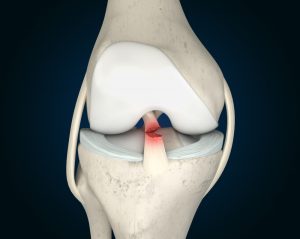5 ways to reduce chronic back pain and avoid surgery
Surgery should be the last resort for back and neck pain. It is complicated and not as straightforward as most other orthopedic operations. Take a knee replacement for example, the results from this are good with minimal complications.
Spinal surgery is more complex, and the results are not as good, you do roll the dice with the research suggesting it is 50:50 on whether it solves the pain. Therefore, all conservative avenues should be explored to ensure we can try and avoid this if possible, it is not always possible.
I was chatting with one of our new clients this week, he was 70, in great shape I must add, very fit. He had a parachuting accident back in the 80’s and has had 5 surgeries since. He knew more about surgery and the effects than me, he had a L4-S1 fusion, and he explained to me that this is where all the movement came from, when this gets fixed with screws the upper lumbar spine at L1-L3 must compensate for the lack of movement.
Book a consultation with a Chiropractor here
It is not designed to move like L4/L5 and therefore this can then cause problems, like pain in the hip and front of the leg. It seems with spinal surgery that you can fix one problem, but it is only a few years before the next one comes due to the compensatory nature of the spine.
How to avoid spine surgery?
The main concept is to keep as mobile as possible and keep using the spine, if we don’t use it, we lose it as they say. Let me show you some of the tips we use to help keep the spine mobile.
- Keep moving- when you are in pain it is so difficult to move, it is the last thing you want to do, believe me I know I have been there. You need to put weight through your back to activate the muscles and try and take pressure off the discs. Furniture surfing is a good way to get around and try not to sit for too long as this will seize your back up.
- Pelvic tilt-this is a good one to do in bed, first thing in the morning, you can tip the pelvis back and forth to help floss the back. Lie flat on your back and engage your deep core muscles by drawing your belly button inwards (towards your spine slightly), while flattening your spine against the floor, then relax. Repeat 10 times. You can watch the video here
- Dead bug-hold, this is good to do in bed before you get up to help engage the spine. Lie flat on your back. Raise your arms to 90-degrees in front of you, so your hands are pointing towards the ceiling. Bend your knees and hips to 90-degrees. Engage your deep abdominal muscles and maintain a neutral spine. You may if you wish lift your shoulders from the floor slightly, to assist with engaging your core. Watch video here
- Dead bug hold-Lie flat on your back. Raise your arms to 90-degrees in front of you, so your hands are pointing towards the ceiling. Bend one knee and hip to 90-degrees while your opposite foot remains planted on the floor. Engage your deep abdominal muscles and maintain a neutral spine. In a controlled movement, lower one arm to the floor above your head, while you lower the opposite leg to the floor in a straight position. Do not let your lower back arch too much, try to flatten your spine gently towards the floor. Return to the start position. Repeat to the opposite side. This exercise is a core strengthening and co-ordination exercise. Watch video here.
- Bird dog-this requires more concentration and is tricky, take it slow. Position yourself on all fours and keep good posture. Draw your tummy inwards (towards the ceiling). Straighten your arm in front of you, and your opposite leg behind you. Repeat each side. This is a great core stability and core control exercise to work the deep abdominal muscles. The exercise will also strengthen the lumbar erector and gluteal muscles. Watch video here
These exercises are not the miracle cure you need, there are a spoke in the wheel of a number of things you need to ensure you are doing everything to avoid surgery. Lifestyle changes and habits will need to be adapted as well. What you eat, drink and how you move needs to be assessed. The main thing is to just get started.
Book a consultation with a Chiropractor here
If you do know someone who wants more advice, please send them our details. You can send them this assessment as well to diagnose their back pain. It is a great tool to understand where your back pain is coming from, it is free and takes 60 seconds. Click here for assessment


